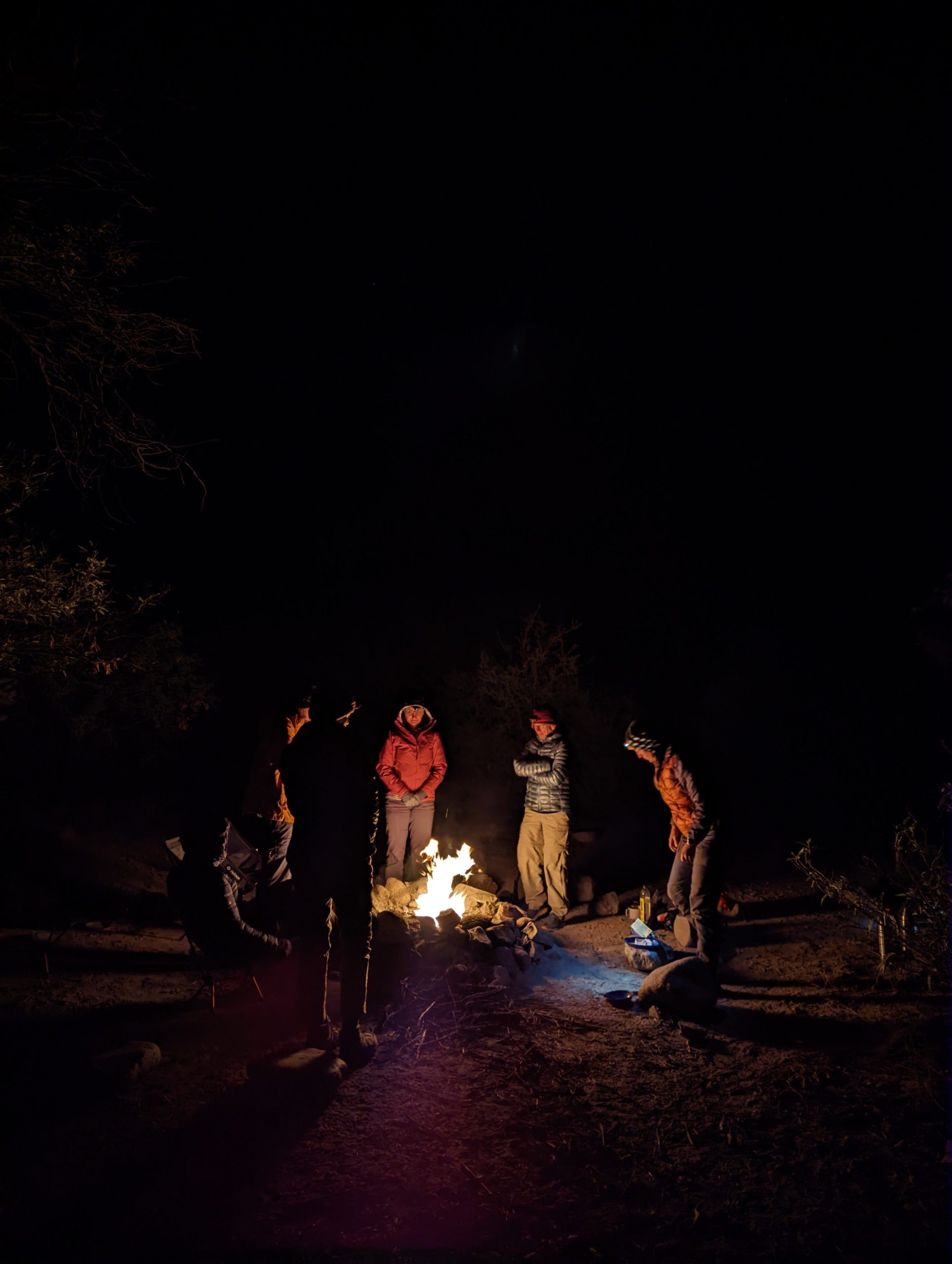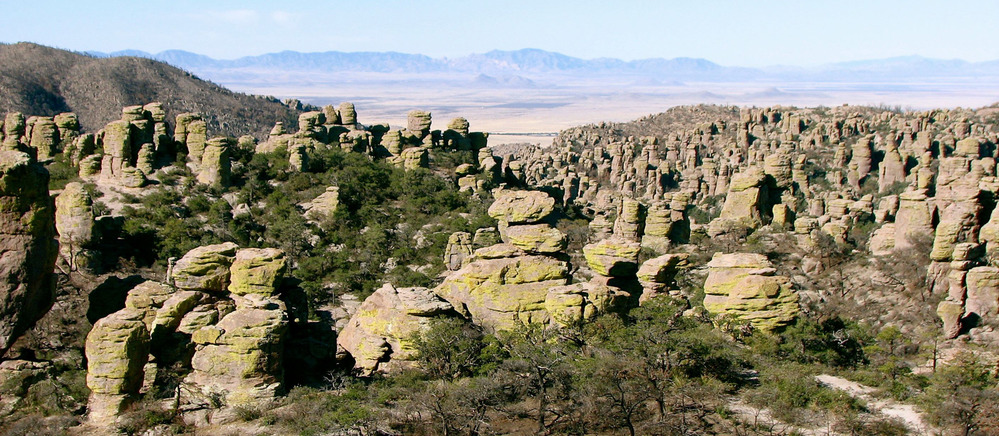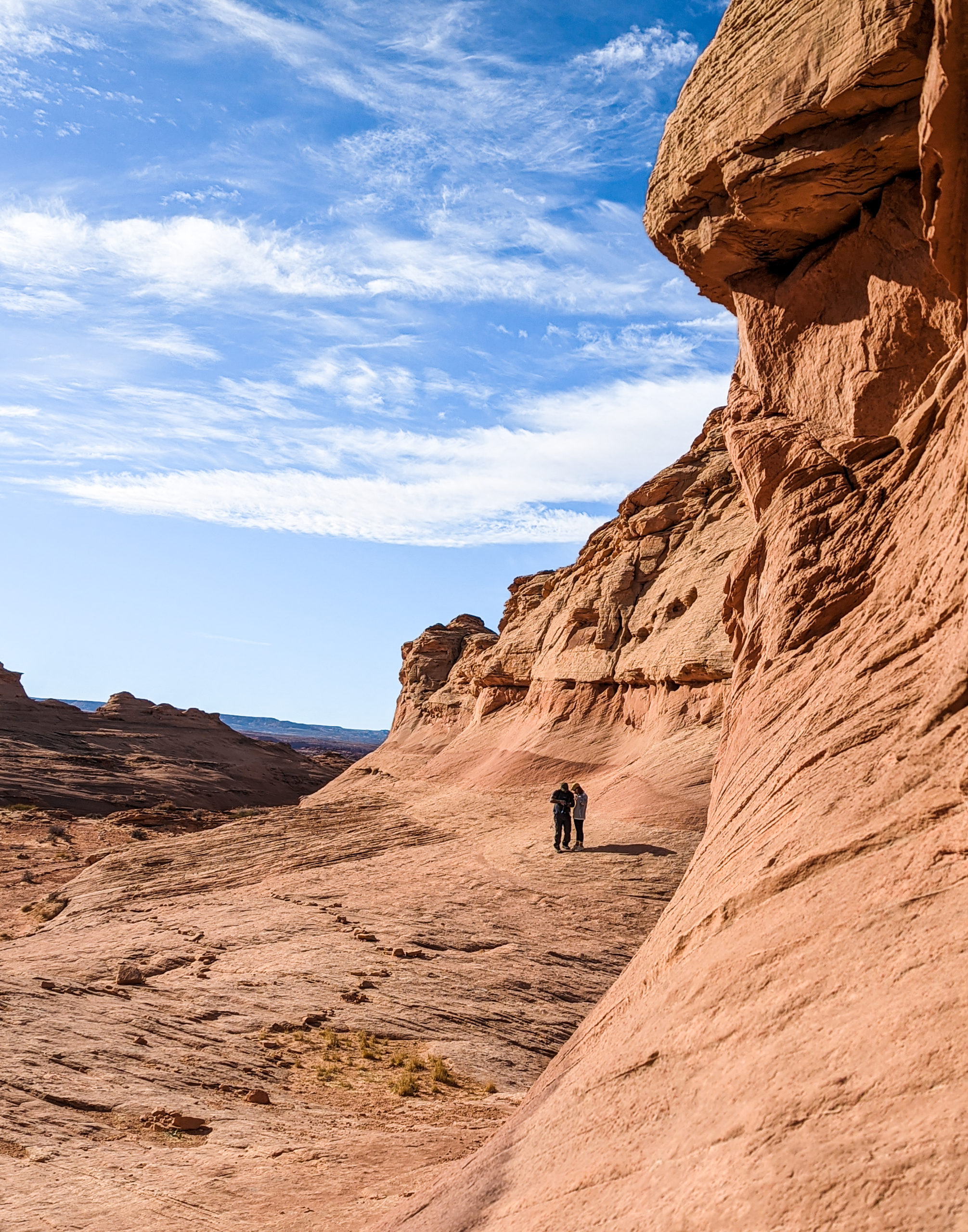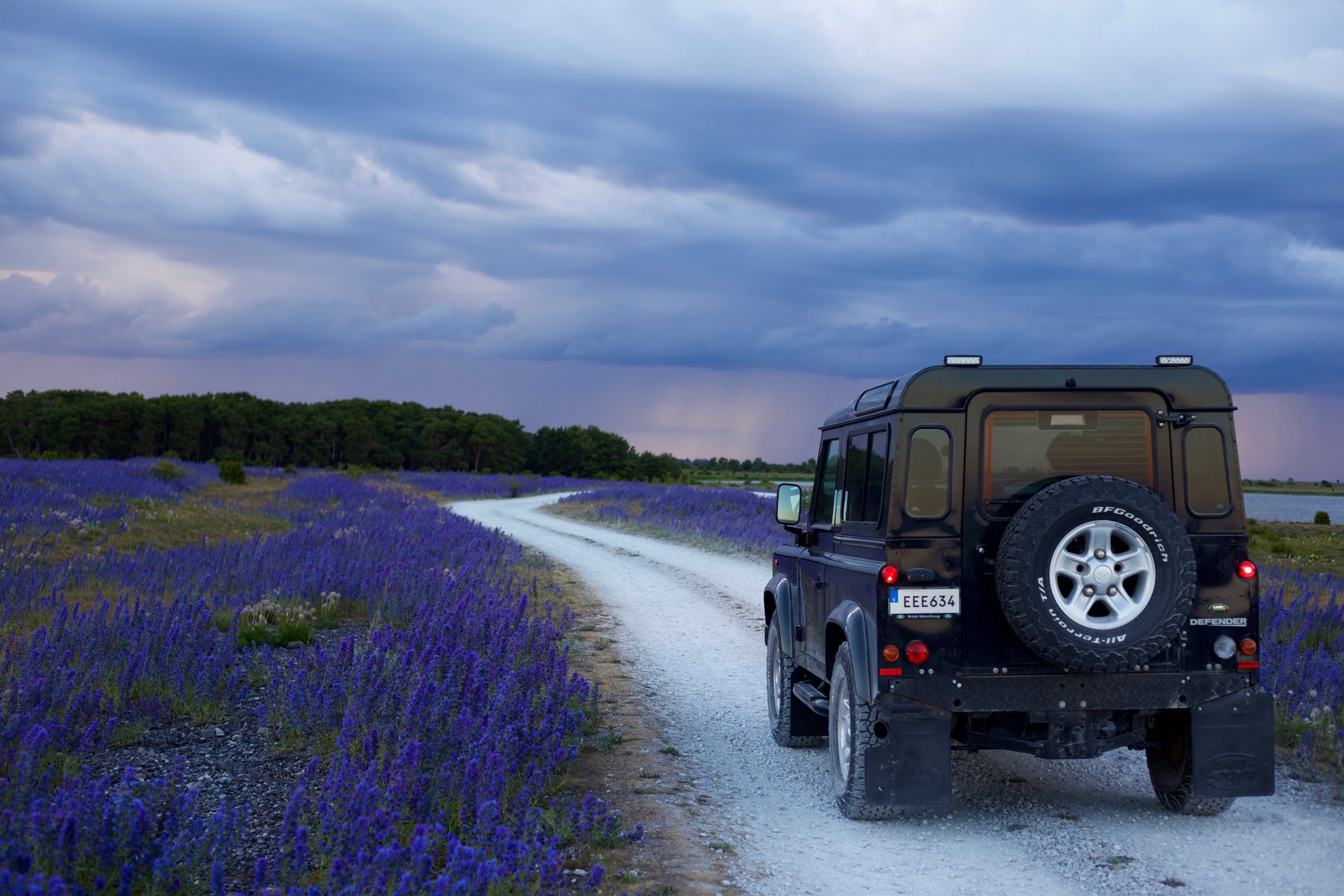While the average campground pricing ranges from $20 to $30, you can find options for less or more depending on location and amenities included. If you are camping with an RV, your campsite will likely cost more than a primitive or hiker/biker campsite. Due to the use of electricity and/or plumbing when using an RV, the cost of the campsite will reflect those utilities. Many state parks, for example, will provide multiple campsite options ranging in price from $10 to $50 per night.
These prices will also change throughout the year. Peak camping season (late spring to early fall) means higher prices. More people will be scrambling to make reservations where they can, so campsites will be more expensive and harder to find. High demand means higher prices, and the opposite is true for colder weather.
It is also more likely to find more expensive campsites where cost of living is high. However, no matter what state you choose to camp in, you can find low-cost options if you search hard enough. It all depends on what kind of adventure you’re looking for and how much you are willing to go out of your way to save some cash. If you’re on a budget, it’s worth the extra effort! If you have a bigger budget, you might want to opt for the most convenient and comfortable options instead.
Recreation.gov
Recreation.gov is a great website to book campsites and other outdoor activities in the U.S. With more than 100,000 recreation locations across the country, you can use this website to book campsites in every state. You can use filters to search by state and organize the results by campground pricing. You can also filter for amenities like fire pits, pets-allowed sites, or showers and running water. Recreation.gov will also show you what activities are available near your chosen campsite. You can filter your search options by activity, from climbing or paddling to hunting and fishing.
After you choose a campsite, the website will tell you the rules and regulations for camping in that area. Your check-in and check-out times will vary from site to site, and quiet hours are very important to note. Be sure to note if cell coverage is available in the camping area you choose. Campgrounds will also often have a vehicle limit and may prohibit certain types of camping setups (like setting up a hammock or letting your dogs off leash).

State Parks and National Park Reservations
To book a campsite at a state park, you have two options. First, you can find the state’s parks and wildlife website to see options all across the entire state. Most states will have their own website that is very similar to recreation.gov. Use that website to identify where you want to stay and compare prices.
If you already know which state park or recreation area you want to camp in, however, you can go directly to that location’s website or call to reserve a spot. In lesser known areas, you may need to call in order to make a reservation. The campground pricing will range from free to $50, depending on the campsite you choose. Don’t forget to check if there is an entrance fee to the area – and if they take cash or card. Some areas only accept cash on entry, and you definitely don’t want a $5 entrance fee to mess up your weekend plans.
To make national park camping reservations, you can nps.gov to identify where you want to camp. Then you can follow the links to the appropriate national park website to reserve your spot. Keep in mind that some areas are so popular that you may even have to enter a raffle system to win a spot there. Alternatively, you can try to book your stay months in advance. This happens a lot in more popular national parks like Zion or Yosemite.

Free Options
Many free campsites in the United States are known as dispersed campgrounds. Dispersed camping is the official term used by the National Forest Service and the Bureau of Land Management. There is no maintenance of the land – no trash services, no fire pits, and often no toilets. The principles of Leave No Trace are extremely important in these areas, as you are completely responsible for taking every bit of waste out of the area when you leave. Dispersed camping is generally allowed on public land for no more than 14 days each month. The limitations on this rule differ based on state and county, so make sure to research the specifics online before you decide to set up camp.
Other terms that mean the same as “free camping” are boondocking, stealth camping, dry camping, backcountry camping, primitive camping, and wild camping. Keep an eye out for these terms when looking for free places to camp. Many free campsites are located in more remote locations. This means that cell service could be limited and the roads will be about as well maintained as the campsite.



How Expensive Can Camping Get?
The most expensive campground pricing in the U.S. begins to look a lot more like “glamping” or luxury camping. Everybody loves nature, but many people don’t like to get down and dirty in a tent or sleeping in their car. Therefore, the luxury “glampsite” was created. You can find campsites across the country for up to $200 each night. The huge difference in price indicates a ton of amenities and incredible structures designed for your comfort and enjoyment. If you find yourself hesitant to dive right into a typical camping experience, then one of these luxury camping experiences may be a great way for you to get outdoors.
Regardless of the price of the campground, camping is camping. You will have the opportunity to unplug from technology and reconnect with nature. You’ll be able to spend quality time with friends and/or family, or you can enjoy the beauty of the wild on your own. Camping takes you outside, disrupts your routine, and gives you room to breathe. From free to $$$, camping is a wonderful experience that everyone can enjoy.
Read More:




One thought on “Campground Pricing in 2023: Free to $$$ in the U.S.”
Comments are closed.